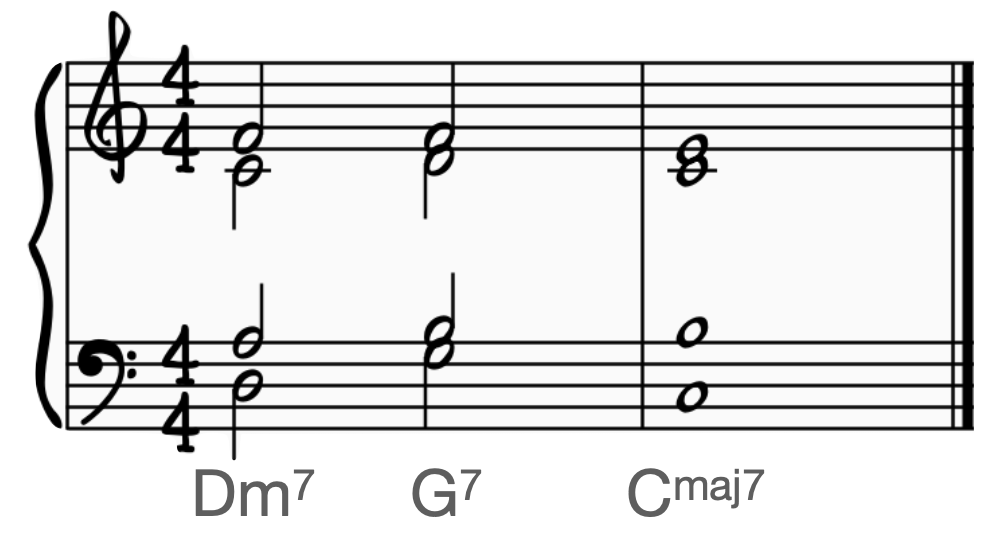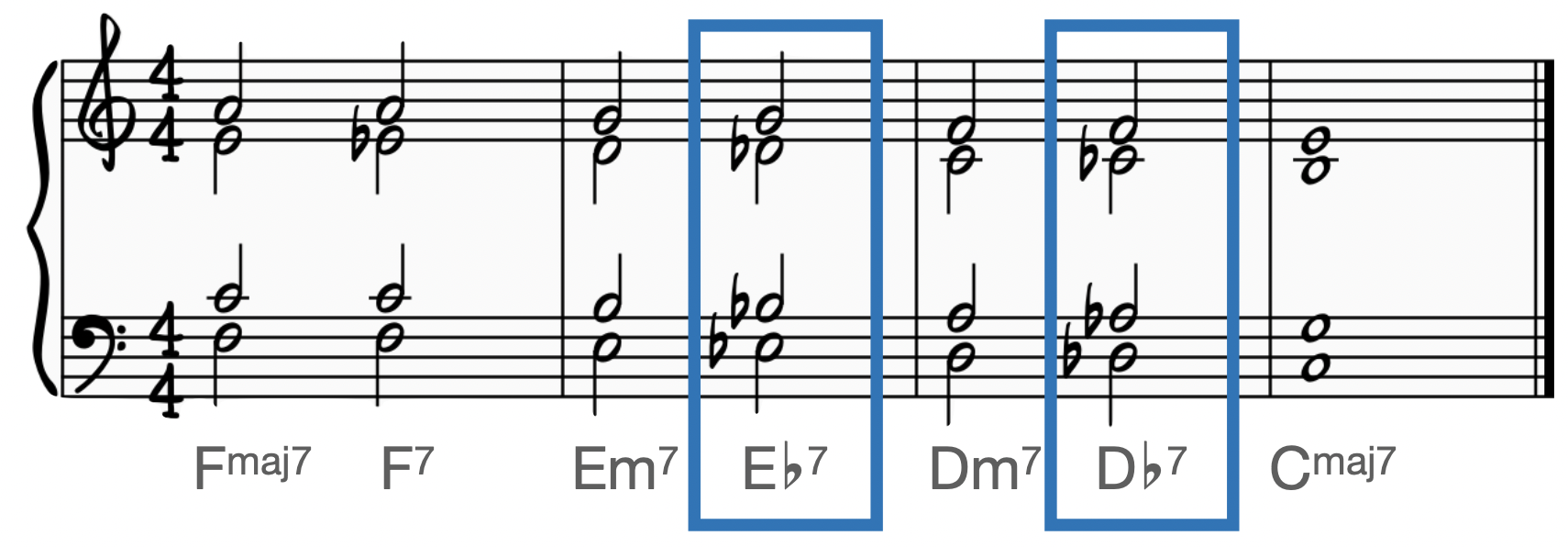Charlie Parker
The 20th & 21st Centuries
William P. Gottlieb, Public domain, via Wikimedia Commons
In the 1940s and 1950s, a new style called Bebop developed out of swing music. It featured smaller ensembles, more complicated rhythms, faster and more sophisticated chord progressions, and more virtuosic improvisation. The most important Bebop artists were trumpeter Dizzy Gillespie and saxophonist Charlie Parker.
Charlie Parker was born in 1920 in Kansas City. Located on the Missouri River, which flows into the Mississippi about midway between New Orleans and Chicago, it was accessible by steamboat and became an early hub of Dixieland jazz music. Raised by a single mother, he was self-taught on the saxophone and dropped out of school at the age of 15 to focus on playing. He married Rebecca Ruffing the following year and attempted to launch a career as a performer. Famously, however, he took the stage at a jazz venue called the Reno Club in 1936 and attempted to improvise a solo with a band led by Jo Jones, the drummer for the Count Basie Orchestra. While his playing was creative and stylistic, he got "lost in the changes" and, without any formal musical training, was unable to understand how to recover while the other musicians shouted chord qualities and extensions at him. The performance ended with Jones throwing a cymbal at him and Parker being laughed off stage. Instead of being discouraged, Parker recommitted himself to intense study, mastering the harmonic language of jazz and finding new ways to innovate. He toured the following year with the Jay McShann Orchestra, and earned the nickname "Yardbird" after trying to catch a chicken at a tour stop.
At this point, however, Parker was already struggling with dangerous addictions to alcohol, marijiuana, morphine, and heroin. His health deteriorated and his behavior became erratic. After pulling a gun on his wife Rebecca, they divorced and Parker moved across the country, eventually settling in New York City in 1940. He began playing at Harlem nightclubs including Minton's Playhouse and Monroe's Uptown House, befriending musicians including trumpeter Dizzy Gillespie, and pianists Earl Hines and Thelonious Monk. He married again but this too fell apart due to Parker's drug habits. Despite this, his career and musical reputation flourished. He experimented with advanced harmonic substitutions, flowing chromaticism and upper extension chords, and a style of syncopation that crossed barlines and created unique polyrhythms. This new style became known as bebop.
To take one example of Parker's innovations, we can look at the common jazz progression called a ii-V-I (or more commonly, a ii7-V7-I7).

Sometimes, sequences of ii-V-I progressions are used, a variation on the circle of fourths sequence where each chord relates to those before an after it as part of a ii-V-I progression.

A ii-V-I progression is sometimes modified with a tritone substitution. In a V7 chord, the third and seventh are a tritone apart. A tritone substitution is when the V7 chord is replaced with the other dominant chord whose third and seventh form the exact same tritone, creating chromatic sequences.

When improvising, jazz musicians select notes and scales that match the chords being played by the ensemble. This is the “playing the changes” technique that Parker initially failed to understand in his performance with Jo Jones. Since upper extension background chords including dominant 7s, the leading tone of a major scale will clash with the notes of the chord. Jazz musicians respond by using modes in their improvisation. In the example below, note that the Mixolydian mode of the C-scale contains every pitch of the C13 chord, including the dominant seventh B♭.

What mode of the scale has been used here?

In 1944, he and Gillespie formed their own group. Two years later, they travelled to Los Angeles to make several album recordings. Unfortunately, Parker's drug habits continued and he was soon incarcerated at Caramillo State Hospital. Cut off from drugs, Parker began to recover, and on his release hopped over to Tijuana, Mexico, to marry his girlfriend Doris Sydnor. However, they divorced a year later when he began an affair with Chan Richardson.
Parker returned to New York and began touring internationally, including a celebrated performance at the 1949 Paris Jazz Festival. Parker and Chan had two children, Preea and Baird, but Preea died in 1954 at the age of 2. Parker sank into a depression and attempted to commit suicide. Parker's drug use finally killed him in 1955 when he died of lobar pneumonia, a bleeding ulcer, and advanced liver cirrhosis. Although he was only 34 years old, during the autoposy the medical examiner guessed his age was closer to 60.
Bebop was not popular with everyone and faced resistance from not only older musicians like Louis Armstrong but younger jazz artists as well. Somewhat in response to Bebop came, in the 1950s, the genre of Cool Jazz. Cool Jazz retained the harmonic complexity of Bebop but with slower tempos and a more lyrical style. Important Cool Jazz artists include trumpet player Miles Davis and tenor saxophonist John Coltrane.
